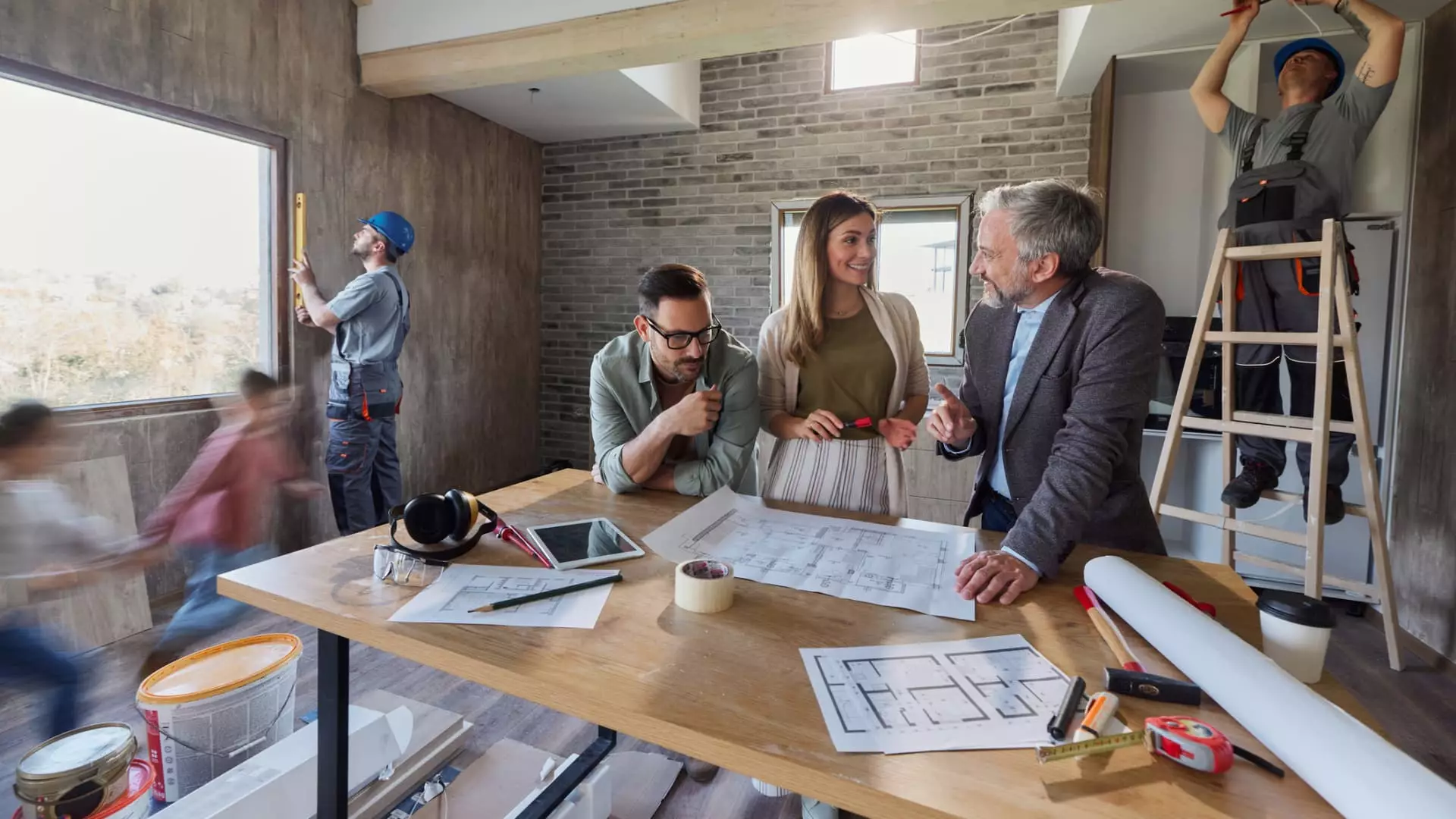Recent reports have indicated a decline in the number of homeowners undertaking remodeling projects. The Leading Indicator of Remodeling Activity (LIRA), a key metric for measuring home improvement and repair spending, peaked at 17.3% in the third quarter of 2022, but has been steadily decreasing since then. Similarly, the NAHB/Westlake Royal Remodeling Market Index, which gauges remodelers’ sentiment about the market, has also shown a decline from its peak of 87 points in the third quarter of 2021 to 66 points in the first quarter of 2024. Despite these decreases, the sentiment among remodelers remains more positive than negative.
The onset of the Covid-19 pandemic saw a surge in home renovation activity as homeowners sought to improve the spaces they were spending more time in. This led to a significant increase in spending on remodeling projects, with homeowners utilizing savings from stimulus checks and redirected funds to invest in their homes. However, as the pandemic wanes, the boost in remodeling activity has tapered off, with homeowners now opting for fewer and smaller projects. In addition, rising inflation and increased costs for materials and labor have contributed to a higher average spending per project.
Data from the State of Home Spending report by Angi reveals that homeowners spent an average of $9,542 on home improvements in 2023, marking a 12% increase from the previous year. Despite the increase in spending per project, the number of projects undertaken by homeowners has decreased from an average of 3.2 in 2022 to 2.8 in 2023. This shift in spending patterns suggests that inflation has put pressure on household budgets, leading to a more cautious approach to remodeling projects.
Despite the recent decline in remodeling activity, experts predict that the demand for home improvement services will remain steady. Factors such as extended homeownership tenure and an aging housing stock are expected to drive ongoing investment in property upkeep. The typical homeowner now stays in their home for an average of 11.9 years, nearly double the figure recorded in 2005. This trend is largely driven by aging baby boomers who choose to age in place rather than relocate. The rise of “aging-in-place remodeling” has become a significant subsector in the remodeling market as more retirees invest in energy-efficient and safety upgrades for their homes.
The aging housing stock in the U.S. poses a significant challenge that will necessitate ongoing investment in property maintenance and improvement. With the median age of all owned homes standing at 41 years, and over 60% of existing stock consisting of homes built in the 1980s or earlier, there is a clear need for renovation and remodeling work. As Chief Economist of NAHB, Robert Dietz, explains, the lack of new housing construction in recent years has resulted in an aging housing stock that will require extensive investment in the coming years to ensure its longevity and desirability in the market.

